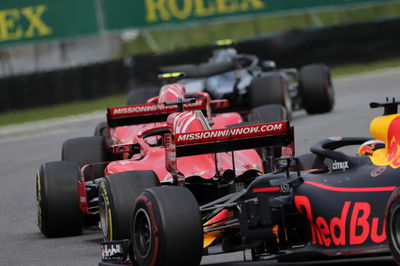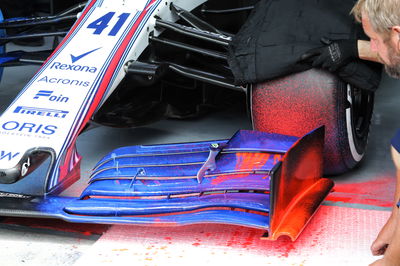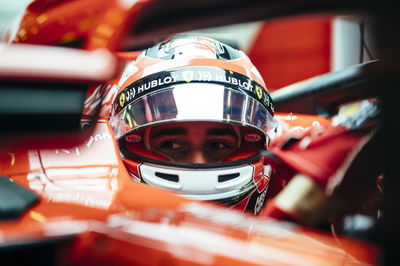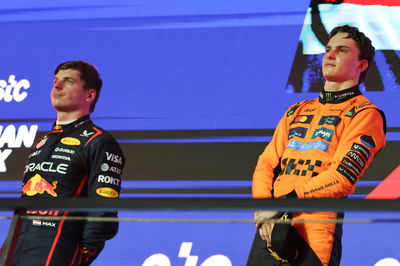Symonds warns against ‘transformational’ change with 2019 F1 rules
Ex-Williams Formula 1 technical chief Pat Symonds does not expect the sport’s new aerodynamic changes to have a “transformational” impact on the quality of racing in 2019.
F1 will introduce simpler front wings, front brake ducts and a wider rear wing as part of revised regulation tweaks for the upcoming 2019 season in a push to encourage closer racing and more overtaking opportunities.

Ex-Williams Formula 1 technical chief Pat Symonds does not expect the sport’s new aerodynamic changes to have a “transformational” impact on the quality of racing in 2019.
F1 will introduce simpler front wings, front brake ducts and a wider rear wing as part of revised regulation tweaks for the upcoming 2019 season in a push to encourage closer racing and more overtaking opportunities.
At the end of last year F1 sporting boss Ross Brawn, who is charged with leading the technical arm that includes Symonds, revealed early data predicts a “20% improvement” in racing for the new campaign.
Speaking at Autosport International, Symonds said the technical group is taking a “wholistic” approach towards changes for the next major regulation cycle planned for 2021.
“It became obvious that we could do something for 2019 in simplifying the front wings,” Symonds explained.
“That is purely to improve the wake and allow cars behind the leading car to have good performance. It’s never going to be perfect, and you can’t change the laws of physics, but we’ve made massive improvements from where we’ve been.
“Relative to what we are doing for 2021 it’s quite small but what you’ve got to remember is we’re not just looking at the status quo.”
Symonds stressed the aerodynamic changes for 2019 will prevent any further decline in the quality of wheel-to-wheel action.
“Formula 1 develops at an alarming rate, it’s relentless,” Symonds said.
“So if we had not done anything then the 2019 cars would have been even harder to follow than the 2018 cars were. What we’ve done is we’ve pegged it back a bit, we’ve improved on where we were in 2018. We will have to see when we get the results out.
“Don’t expect a transformational change but believe me it would have only got worse. At least what we’ve done is maintained the status quo and I suspect actually improved things a little bit.”
F1 team bosses have cited fears over rising costs incurred due to the development of the new front wings but Symonds insisted the changes will ultimately help limit spending in the long run.
“It’s very hard putting numbers on these sorts of things,” he said.
“The fact is the front wings were getting incredibly complex, an enormous number of parts. Not just the parts that you see on the car itself, but also all the tooling that’s associated with it, thousands of components.
“So the finished product is actually going to be a cheaper product because it has less parts on it. That’s a fact.”

Asked if the suggested production figure of €15 million from Red Bull boss Helmut Marko is realistic, Symonds replied: “I think it’s a slightly disingenuous figure.
“If Red Bull was planning to carry over its front wing then yes they have made the old front wings obsolete so that costs money. But Red Bull aren’t the sort of team that would carry over a front wing anyway.
“You might go to race one perhaps with a few spares that were from the previous year but by the time you get to race three everything is new.
“I suspect if you look at it over the year, their final bill on front wing components will be less and the amount of money they spend on research will be exactly the same.”












